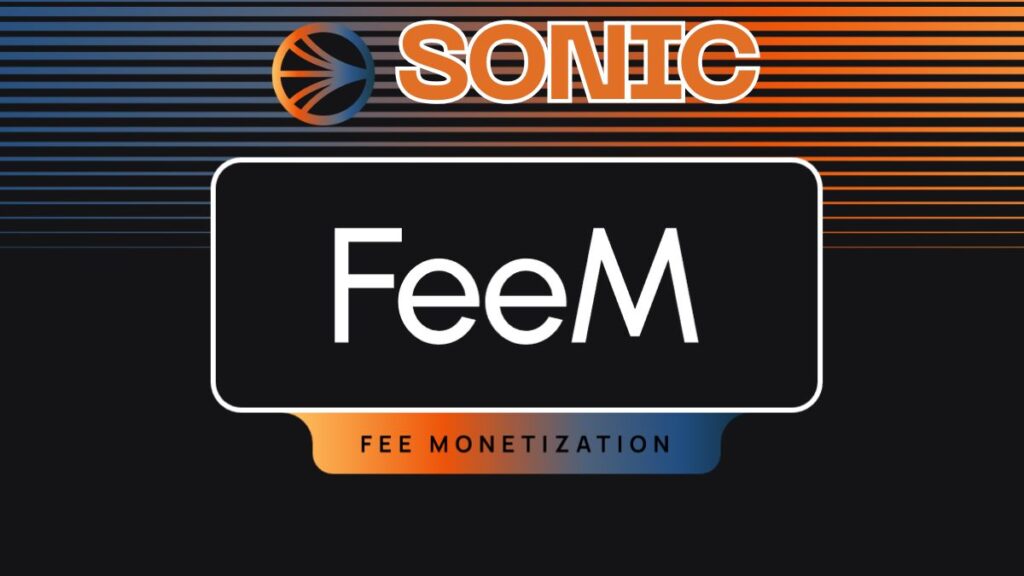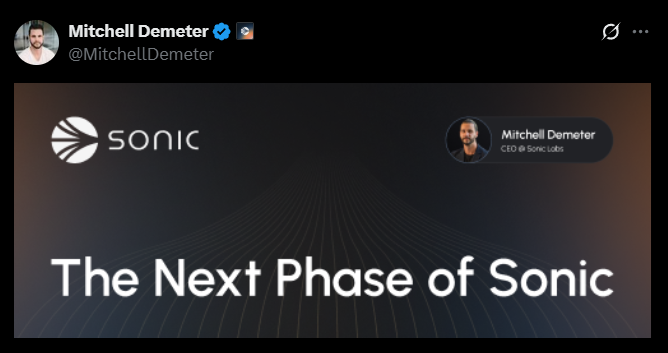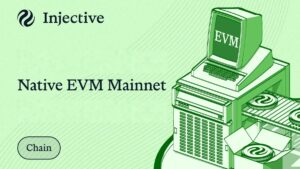TL;DR
- Sonic Labs launched a new Fee Monetization (FeeM) system to drive deflation of its native S token and reward network developers.
- The model distributes between 15% and 90% of fees to builders, 10% to validators, and burns the rest, creating an active deflationary mechanism.
- The company is adopting EIPs and SIPs to enhance interoperability and business value, and has opened a New York office to expand operations.
Sonic Labs introduced an update to its tokenomics model featuring a new Fee Monetization (FeeM) system designed to make the S token deflationary while rewarding developers across the network.
How Will Rewards Be Distributed?
The new structure introduces tiered rewards for builders, ranging from 15% to 90% based on network activity, while 10% of fees will go to validators and the remainder will be burned. All transactions on the blockchain are paid in S, and the system will be formalized through an on-chain governance vote.
CEO Mitchell Demeter, who has held the position for six weeks, explained that this update is part of a broader plan to shift Sonic from a performance- and speed-driven focus toward initiatives that generate enterprise value and sustainable growth.
The company will adopt select Ethereum Improvement Proposals (EIPs) and launch Sonic Improvement Proposals (SIPs) to enhance interoperability and the developer experience. The goal is to build a fast, dynamic, and developer-friendly ecosystem with an intuitive and powerful environment designed to meet real-world needs.
Sonic to Strengthen Its Presence and Join More Industry Events
Sonic is also expanding its presence in the United States with the opening of a New York office, which will serve as a base to strengthen institutional and policy relations and grow its institutional sales, marketing, communications, and business development teams. The company also plans to increase participation in industry events and turn its GMSonic platform into a hub for content and education.
From a financial perspective, the network maintains a healthy treasury and strong operations, allowing it to execute long-term plans with discipline and solid fundamentals. Its value strategy centers on building a circular economy: builders earn based on the activity they generate, validators receive rewards for securing the network, and tokenholders benefit from the value created by on-chain activity.
Through these initiatives, Sonic aims to become a leading Layer 1 infrastructure provider, offering a sustainable and scalable ecosystem that combines speed, functionality, and tangible value for developers, institutions, and investors













